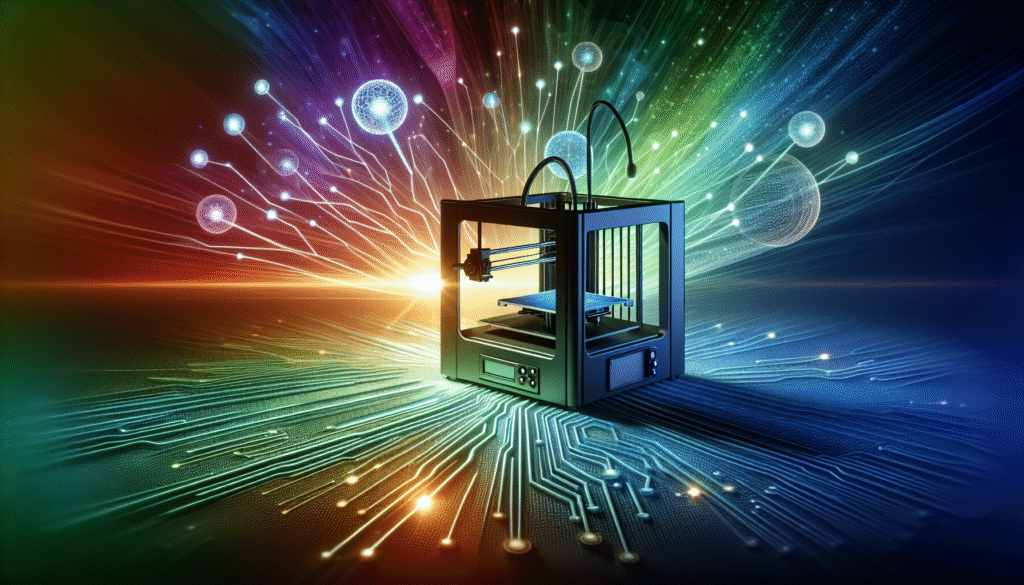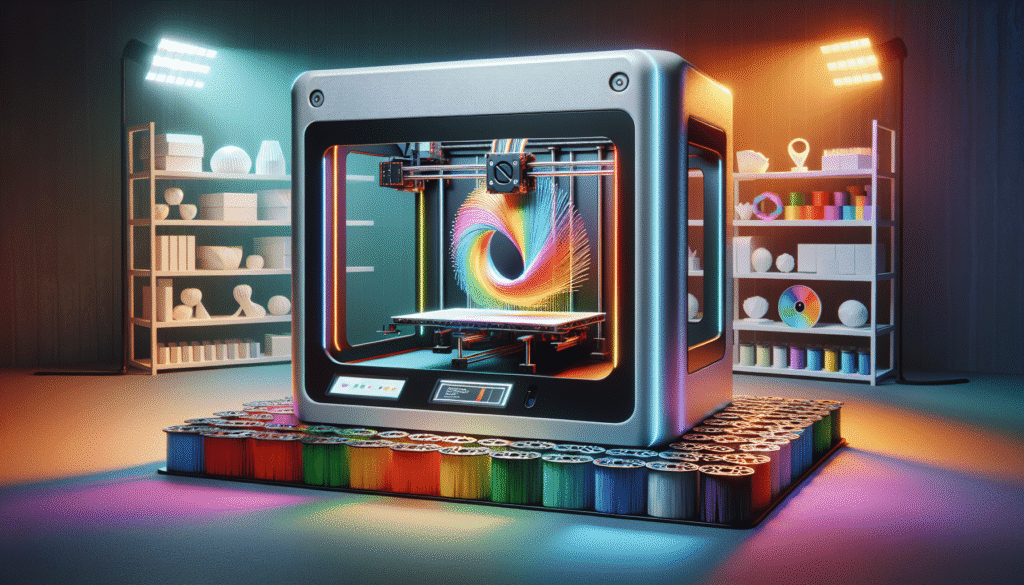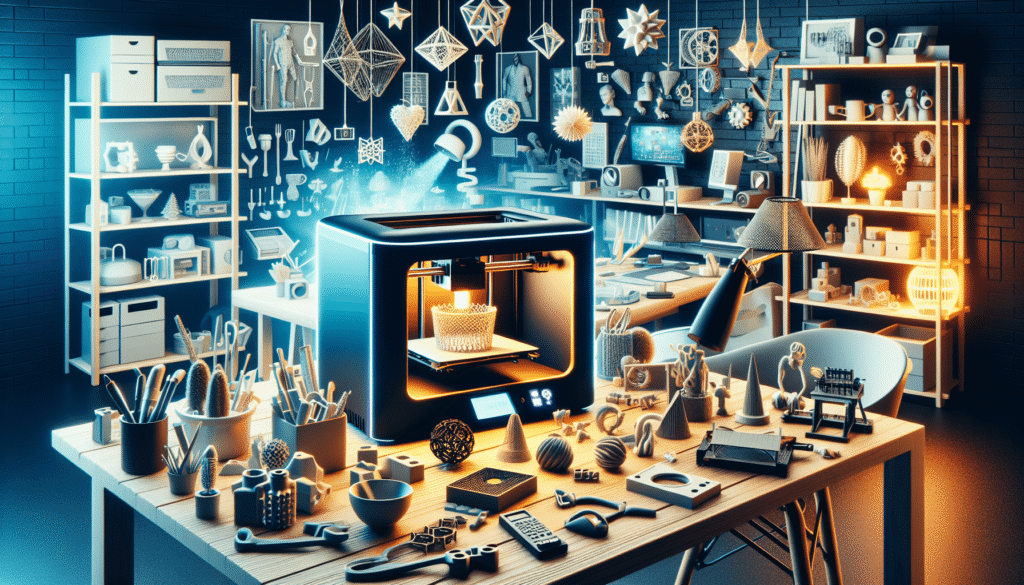Have you ever wondered what the future holds for the 3D printing market? With the rapid advancement of technology and the ever-increasing adoption across various sectors, it’s a topic that’s both intriguing and promising. Let’s take a journey into the world of 3D printing, exploring market predictions for 2025, industry growth, and the exciting emerging opportunities that lie ahead.
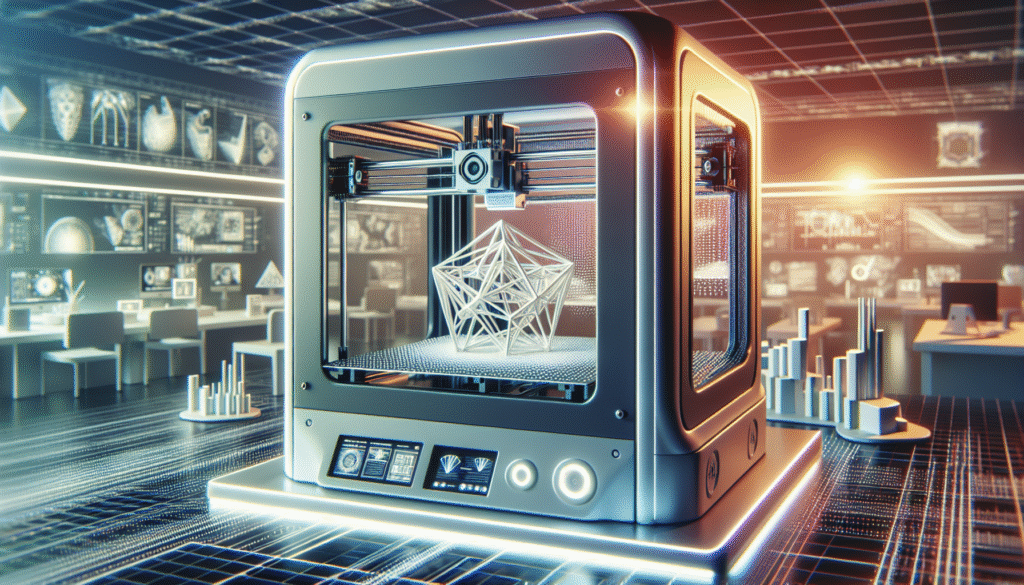
The Current Landscape: Where We Stand Today
Before delving into the future predictions, it’s important to set the stage and understand the current state of the 3D printing market. As of now, the market has grown tremendously, turning many once-imagined possibilities into everyday realities.
A Brief History of 3D Printing
In the whimsical timeline of technological advancements, 3D printing made its unassuming debut in the 1980s. Little did anyone know, this “rapid prototyping” process would grow into a behemoth of innovation. Fast forward a few decades, and here we are, using 3D printers to create everything from intricate jewelry to entire houses. Talk about industrial evolution on steroids!
Present Market Trends
Today, the 3D printing market is characterized by its diversity and versatility. Across continents, industries ranging from automotive to healthcare, and even aerospace, have embraced the capabilities of 3D printing. It’s an era where customizability meets convenience, providing tailored solutions at the click of a button—or more accurately, the click of a nozzle.
Economic Impact
To put things into perspective, consider this: 3D printing’s market value was approximately $16 billion in 2020. With its expanding applications, the economic potential is nothing short of extraordinary. As we look toward 2025, the market is projected to skyrocket, with forecasts suggesting it could reach nearly $35 billion.
Technological Advancements Driving Growth
The future growth of the 3D printing market is heavily dependent on technological advancements. As technologies evolve, new horizons open up, leading to an even greater adoption across industries.
Innovations in Printing Materials
Remember the old adage “appearances can be deceiving”? That’s precisely why the fuss over printing materials might surprise you. Gone are the days when 3D printing was limited to basic plastics. Today’s innovations span metals, ceramics, and even biocompatible materials. Imagination is practically the only boundary.
A Table of Emerging 3D Printing Materials
| Material Type | Application | Key Benefit |
|---|---|---|
| Plastics | Consumer Products | Cost-effectiveness |
| Metals | Aerospace, Automotive | Strength and durability |
| Ceramics | Medical Devices | Heat resistance |
| Biocompatibles | Healthcare | Biodegradability, Medically safe |
Speed and Precision
There was a time when “watching paint dry” would have viewed as the perfect metaphor for 3D printing speeds. However, technological advancements have swiftly changed the scene. The increased speed and precision of modern-day 3D printers mean that projects can transition from the drawing board to reality at breakneck speeds—without compromising on accuracy.
Software Developments
Here’s a fun thought: What if the next Picasso is a software engineer code-naming variables instead of paintbrushes? Software developments are revolutionizing 3D printing by enhancing design capabilities and reducing errors—essential ingredients for streamlining production.
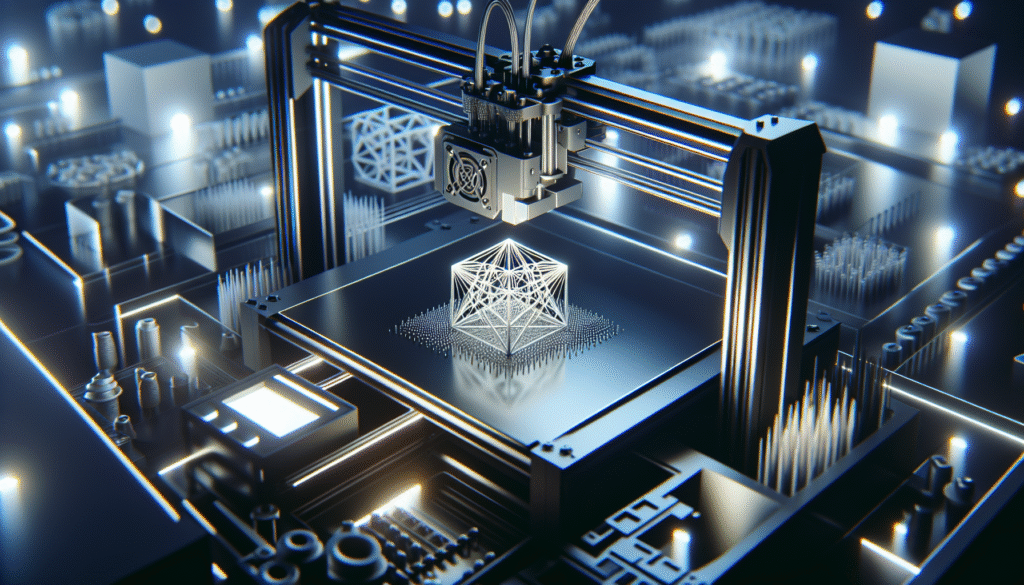
Industry Growth: Key Sectors Expanding their Horizons
The growth of 3D printing technology is not constrained to a single domain. Instead, it has become a cross-industry disruptor, paving the way for innovative applications in several key sectors.
Healthcare: Tailored Treatments
Imagine a world where custom prosthetics and personalized medical implants are just a printer away. The healthcare industry is increasingly reliant on 3D printing to design patient-specific devices, streamlining production and enhancing patient comfort.
Automotive: From Prototypes to Parts
If you’ve ever daydreamed about designing your own car, it may soon be more than just a fanciful thought. Automakers are incorporating 3D printing to create prototypes, customized components, and even entire car parts. It’s a revolution that reduces waste and allows for unparalleled customization.
Aerospace: Lighter and Faster
The sky is definitely not the limit for aerospace companies embracing 3D printing. By creating lighter parts without compromising strength, airplanes become more fuel-efficient. It’s a win-win for both Mother Earth and our pockets.
Consumer Market: Customization at Your Fingertips
There’s a unique thrill in owning a product built just for you, whether it’s a piece of jewelry or a gadget. The consumer market sees vast potential in 3D printing, embracing uniqueness where mass production once ruled supreme.
Emerging Opportunities in 3D Printing
Beyond the industries already touched by 3D printing, there are fresh opportunities waiting to be explored—some of which might surprise you.
Eco-friendly Manufacturing
It’s no longer just about profitability; it’s about sustainability. 3D printing offers the possibility of zero-waste production by utilizing materials effectively. As environmental regulations tighten, this capability becomes especially crucial.
Education and Training
Picture classrooms where future engineers design model rockets or artists craft their latest sculptures. Schools and universities are integrating 3D printing to fuel creativity and innovation—a hands-on method to nurture the next generation of thinkers and doers.
Distributed Manufacturing
Imagine a world where, instead of centralized factories, production happens locally. 3D printing permits products to be manufactured close to the point of demand, reducing transportation costs and environmental impact. Think of it as fast food for manufacturing, minus the calories!
Building and Construction
In construction, the face of brick and mortar is getting a cutting-edge makeover. 3D printing allows for rapid and efficient construction methods, ranging from prefabricated homes to complex architectural masterpieces. It’s a builder’s dream come true.
Challenges and Considerations
While the future of 3D printing gleams with potential, it’s important not to turn a blind eye to the challenges that come with it. Like every superhero, this technology too has its share of kryptonite.
Intellectual Property Concerns
A world where anyone can print anything raises hefty intellectual property concerns. After all, what’s to stop someone from replicating a patented design? Ensuring protection in this brave new world could become a legal labyrinth.
Cost Considerations
Despite becoming more accessible, 3D printing can still be an expensive pursuit. From equipment to materials, the investment might be daunting for some. Yet, as technology progresses, costs are expected to become more manageable.
Quality Control
Ah, quality—the eternal hurdle that separates mere products from cherished treasures. Ensuring consistent quality across 3D-printed products remains a challenge, requiring constant vigilance and refinement.
The Road to 2025: Market Predictions
As we gaze into the crystal ball, several market predictions stand out. First and foremost, a significant expansion is expected. Analysts tutor us on the idea that by 2025, the 3D printing market is set to double, driven by partnerships and expansions into untapped regions.
The Role of Partnerships
Partnerships have emerged as a key driver in 3D printing’s growth. Companies are joining forces to share resources, knowledge, and infrastructure. This collaboration is pivotal in broadening the reach of 3D printing technology and fast-tracking global acceptance.
Market Expansion to Emerging Economies
Emerging economies hold untapped potential for 3D printing technology. As these regions invest in technological growth, they offer a fertile landscape for the proliferation of 3D printing, further fueling market expansion.
Applications Exploding
The versatility of 3D printing is the secret sauce behind its surging applications. Whether one requires complex designs, custom-made products, or even niche applications like bio-printing, its potential is vast and varied.
Conclusion: A Perspective on the Future
Having skimmed across the ocean of possibilities, one thing is clear: the future of the 3D printing market shines brightly. With its capability to redefine production, innovation, and creativity, we’re poised on the brink of a new era.
inch by inch, as technology expands, so too will its applications—pushing boundaries and paving pathways we’ve yet to imagine. As 2025 inches closer, I can’t help but marvel at a world we have, in many ways, self-fashioned—layer by layer, hope by opportunity, and perhaps, printed object by printed object.
